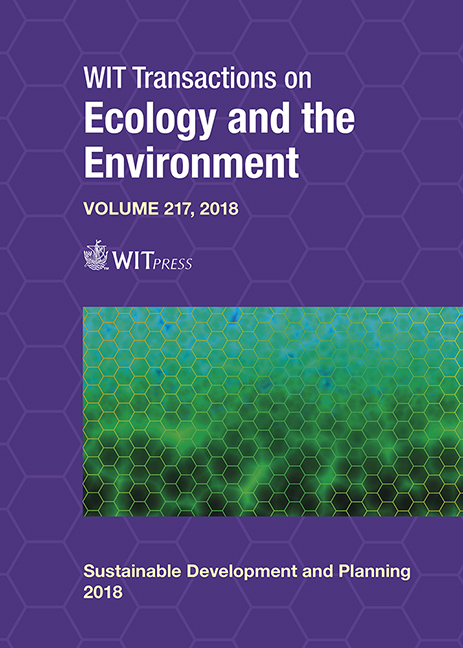URBAN AGRICULTURE AND SACRED LANDSCAPE: ANURADHAPURA SACRED CITY, SRI LANKA
Price
Free (open access)
Transaction
Volume
217
Pages
12
Page Range
941 - 952
Published
2018
Size
1,174 kb
Paper DOI
10.2495/SDP180791
Copyright
WIT Press
Author(s)
WASANA DE SILVA
Abstract
One of the first cities, Anuradhapura (377 BCE–1017CE) remains a world heritage site in Sri Lanka. Apart from the great Buddhist architectural edifices, agriculture landscape significant in this city is apparent in creating a Buddhist sacred landscape: large water tanks, paddy fields, and canal systems are an essential part of the city landscape and the social/cultural system. This research examines how and why these large water tanks and paddy fields are incorporated in the ancient city concept to achieve a Buddhist sacred place, thus a sustainable city and society. The research examines the ancient city concepts and evaluates Anuradhapura city through different time periods, focusing on the agricultural landscape, Buddhist sacred city, and everyday life performances around these. The research methodology synthesises aspects of phenomenology, anthropo-ethnography, landscape analysis, Buddhist philosophy, and historical analysis. In Anuradhapura sacred city, the everyday life of people has been bounded around large water tanks and vast paddy fields for the maintenance of the city as well as to achieve sacred experiences by engaging with sacred natural landscape elements through everyday performing and dwelling in the city. Thus, urban agriculture acts as a mechanism of engaging the everyday life of the people with the landscape and uplift the nature of the humans and human well-being, hence establishes a healthy city, while enhancing the city form and the Buddhist sacred landscape.
Keywords
Buddhist sacred landscape, agriculture landscape, everyday performing, human well-being





